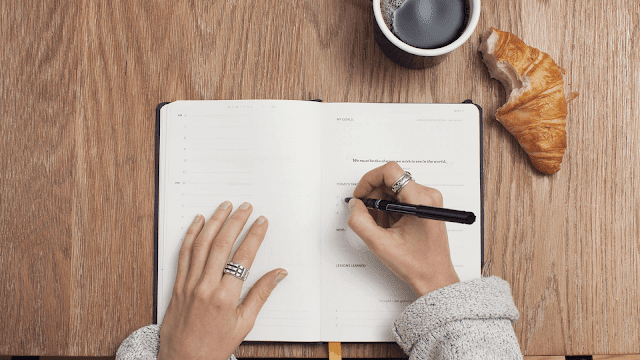Okay folks, before we begin this article, I would like you to read the article on ‘Hyper-focus’ if you haven’t done so already. It is imperative that you do so.
Let’s begin.
Scatter-focus is necessary for hyper-focus. If you want to practice hyper-focus effectively, you have to practice scatter-focus as well. What is Scatter-focus? It is a practice in which you ease your mind and literally let your focus be scattered all over the place. But mind you, it is always intentional. Otherwise, you would just end up wasting your time.
There are three ways of practicing scatter-focus. I’d explain them briefly for you.
Capture mode:
This is a mode whereby a person simply sits down with a pen and a notebook and pen-down whatever surfaces in their mind.
Problem-crunching mode:
This is a mode where you are supposed to hold a problem and let your thoughts wander around it. This is very effective when a creative problem has to be solved. The disarrayed dots in your brain connect and form a different approach to your problem.
Habitual mode:
This is my favorite mode of all. And I have been practicing it for a long time now. In this mode, you do a habitual task, something that does not require your most attention. Something that you can perform subconsciously. In my case, I like to do my laundry or clean my room. Then I let my mind wander. The key thing is awareness. You need to be aware as to what is occupying your attentional space. This mode encourages the mind to continue wandering and inspire ideas.
You must be wondering, why shall I practice scatter-focus at all? Here is the answer. Scatter-focus is equal to recharging your brain alongside proper sleep. In fact, a study suggested that for that every hour of sleep you miss, you lose two hours of productivity the next day. Whenever we rest, we exchange our time for energy. Here is an important piece of information; our brain’s mental energy tends to oscillate in 90-minute waves. Hence, you should take a 15-minute break for each hour of work. And trust me, the best time to take a break is before you need to.
What’s the best time to practice scatter-focus? Good question. Well, scatter-focus is most powerful when you have the least energy. Therefore, all your creative tasks should be scheduled in the afternoon. Here’s how it actually works. When you encounter objects of attention, they occupy a small space ‘a dot’ in your limited attentional space. That’s why we hate distractions while hyper-focusing. However, they are one of the important aspects of scatter-focus. Because these dots connect to form an idea or a solution in your head, depending on which mode you are practicing. These dots act as cues for the formation of incredible insights or appeal to your genius. And hence, I ask you to carry out such an act in a richer environment. A place with lots of cues and dots that are asking for your attention continuously. The more raw material you have, the more variety of your creation there will be.
Lastly, be happy! And I don’t say this to casually end this article. The happier you are in scatter-focus mode, the more benefits you will reap. Research says that an elevated mood expands the size of your attentional space. Bigger space means more places to occupy dots means creative you! After all, that’s what we strive for here at Intel Youth.
-w





0 Comments